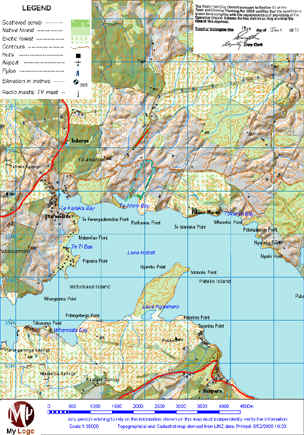

#ADOT QUICKMAP PLUS#
But, the Ethernet cabling is still a risk, being connected to noisy IT-type devices in the home, plus the cable is also an effective antenna, capturing EMC from the environment. Using a high-performance audiophile data switch, such as the Melco S100, ensures that the data is as pristine as possible and switch management ensures that errant data packets are not presented to the HiFi system. Network-connected components are at risk from noise and interference, as well as malformed data. Audio designers go to great lengths to minimise noise problems within hardware, but external influences are a different matter. Additionally, noise damages the integrity of pulse edges: the uncertain transition point of a noisy pulse edge results in timing errors and jitter. “Behind the 1’s and 0’s, the electrical signals are still analogue and are susceptible to influence from noise and interference. The impact created an area of higher reflectance, approximately 60-80 m across. Ratio image created by dividing the after (M1437131607R) and before (M192675639R) images. Before (M192675639R) and after (M1437131607R) comparison of the impact site without annotations. This site will be analyzed more over the coming months as LROC has the opportunity to reimage the site under various lighting and viewing geometries. This is the opposite of nearby boulders, suggesting this could be a small crater or different parts of the lander body. The central feature in the image above shows several bright pixels in the upper left and serval dark pixels in the lower right. The image shows at least four prominent pieces of debris and several small changes (47.581°N, 44.094☎). įrom the temporal image pair, the LROC team identified an unusual surface change near the nominal landing site.

Arrows B-D point to other changes around the impact site. Arrow A points to a prominent surface change with higher reflectance in the upper left and lower reflectance in the lower right (opposite of nearby surface rocks along the right side of the frame). Using a NAC image acquired before the landing attempt, the Lunar Reconnaissance Orbiter Camera (LROC) science team began searching for the lander.

The images covered a region roughly 40 km by 45 km. On 26 April 2023, the Lunar Reconnaissance Orbiter (LRO) spacecraft acquired ten images around the landing site with the Narrow Angle Cameras (NACs). The ispace team announced the following day that an anomaly occurred, and the HAKUTO-R Mission 1 lunar lander did not safely touch down on the surface. EDT, communication with the lander ceased. Moments before the touchdown on 25 April at 12:40 p.m. After a several-month journey to the Moon, the spacecraft started a controlled descent to the surface to land near Atlas crater. The HAKUTO-R Mission 1 Lunar Lander was launched on 11 December 2022, hoping to become the first privately-funded spacecraft to land and operate on the lunar surface. HAKUTO-R Mission 1 Lunar Lander impact site, as seen by LROC the day after the attempted landing.


 0 kommentar(er)
0 kommentar(er)
